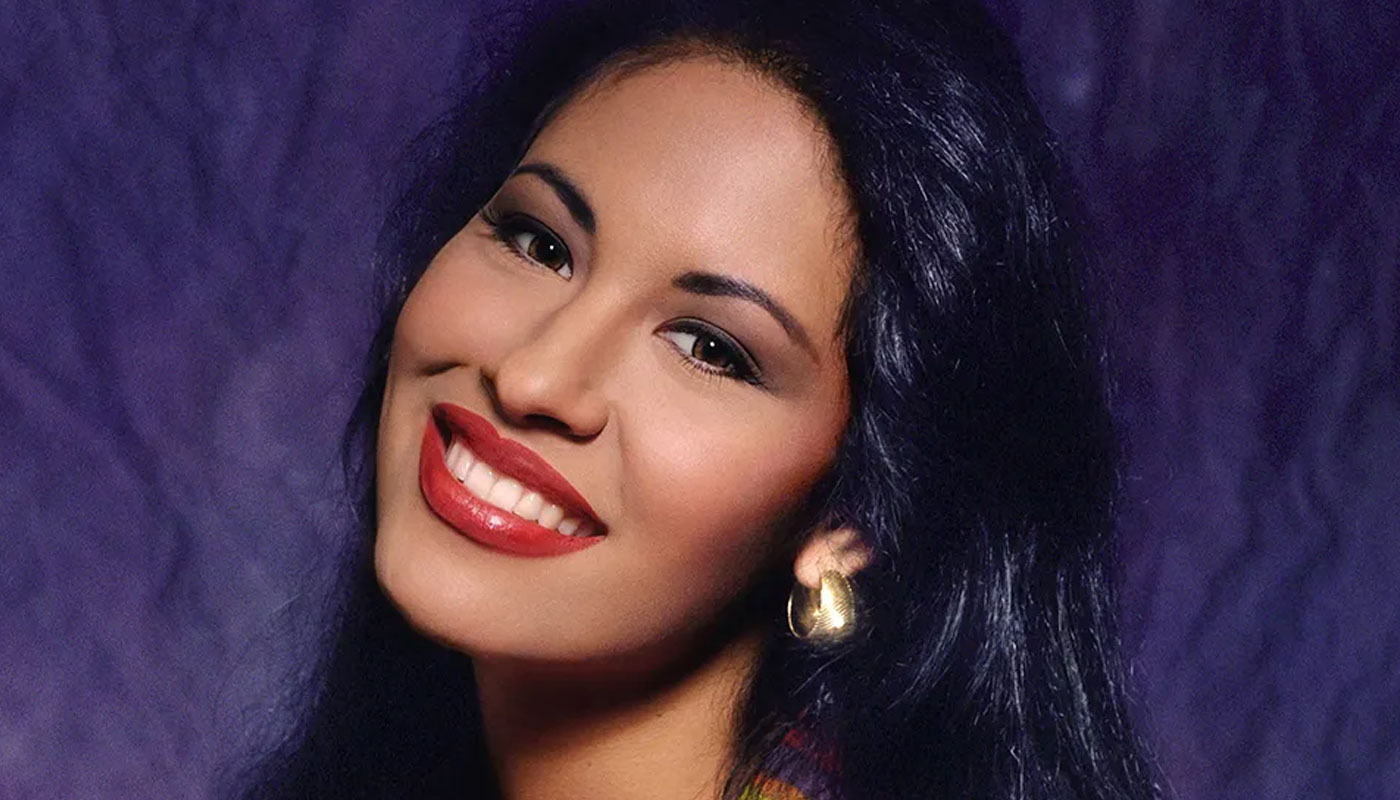Three decades after Selena Quintanilla-Pérez's heartbreaking murder at age 23, her influence still pulses through Latin music, fashion lines, and global pop culture. Fans worldwide celebrate her vibrant spirit in sold-out tributes and viral social media moments. Yet behind the glamour lies a fiercely guarded financial legacy that has fueled intense family tensions and shrewd business moves.
As a fresh Netflix documentary, Selena Y Los Dinos: A Family's Legacy, drops intimate family footage just last week, it reignites questions about her estate's control and soaring value. Who truly holds the keys to Selena's millions in royalties, copyrights, and brand deals today? This story uncovers the emotional stakes, legal twists, and explosive growth of her posthumous empire in 2025.
From Humble Beginnings to Posthumous Powerhouse
Selena's journey from Texas stages to international stardom unfolded with raw talent and unyielding drive. In the early 1990s, she dominated Tejano charts, launched her own boutique, and bridged cultural worlds effortlessly. By 1994, Hispanic Business ranked her 18th among top Latino entertainers, with earnings hitting $5 million from 1993 to 1995—equivalent to about $11 million in today's dollars after inflation adjustments. Tragedy shattered it all on March 31, 1995, when Yolanda Saldívar shot her in a Corpus Christi hotel.
Selena died without a will, thrusting her assets into Texas probate courts under intestate laws. Her husband, Chris Pérez, stood as the legal heir to everything from unreleased tracks to future royalties. But in the fog of grief, her father Abraham Quintanilla Jr. moved fast. He crafted a 1995 estate properties agreement that bound the family together.
Parents Abraham and Marcella, siblings A.B. and Suzette, and Chris all signed it hastily—Chris without his own lawyer amid overwhelming sorrow. The deal carved out 25% of profits for Chris while granting the Quintanillas full authority over her name, image, and operations. This structure locked her legacy in family hands, shielding it from outsiders but sowing seeds of quiet resentment.
The agreement's emotional weight lingers, as Chris later reflected in interviews tied to the new Netflix release. He described signing it as a numb act of love for Selena, yet one that left him on the edges of decisions. Estate planning expert Jonathan M. Owens, vice president at BPG Wealth Management, captures the heartbreak in such setups. He notes that without clear boundaries set in life, siblings and spouses often clash in court, fracturing bonds forever and turning shared grief into lifelong silence. For the Quintanillas, this pact became both anchor and battleground.

Selena’s unforgettable style was more than fashion—it became a lucrative part of her estate, with clothing lines and merchandise continuing to generate revenue for her heirs decades after her passing.
The Revenue Machine: How Selena’s Estate Grew
Selena's death did not dim her earning power—it amplified it into a relentless cash flow. Her crossover album Dreaming of You, pieced together posthumously, exploded in 1995 with over 3 million sales and Billboard chart dominance. That momentum carried into the 1997 Jennifer Lopez biopic Selena, which raked in $35 million at the box office and sparked endless merchandise waves.
Brand extensions turned her image into gold. From MAC Cosmetics partnerships to Forever 21 apparel drops, dolls, and even prepaid Visa cards bearing her silhouette, deals poured in. According to analysis reviewed by Finance Monthly, these ventures have layered emotional resonance with smart commerce, keeping Selena's joyful essence alive while padding ledgers.
Court documents from ongoing oversight reveal Chris's 25% slice yielded about $3 million from 1995 to 2020, with yearly checks fluctuating between $15,400 and $167,350. Scaling that up, the family's 75% share likely netted around $12 million after costs like marketing and staff over the same stretch.
The new Netflix doc adds fresh fuel, blending rare home videos with family reflections to honor her roots. It arrives amid 2025's 30th anniversary buzz, potentially boosting streams and tie-in sales. Yet whispers of past frictions surface too—Chris and the Quintanillas settled a 2021 image-rights spat amicably, but the doc hints at unresolved undercurrents. This blend of nostalgia and commerce underscores how Selena's estate thrives on her undying fan devotion.
Unlocking Future Fortunes: Immersive Tech and Selena's IP Empire
Intellectual property, or IP, boils down to owning the exclusive rights to someone's creative output—like music masters, likeness photos, or even signature styles. For artist estates, it's the quiet engine driving endless income streams long after the spotlight fades. Selena's IP portfolio, from Tejano hits to her butterfly logo, forms a bedrock worth tens of millions today, licensed out for films, ads, and apps without depleting the original assets.
What makes this angle electric in 2025? Cutting-edge immersive tech, think holograms and AI-driven concerts, is reshaping how estates cash in on icons. ABBA's Voyage show, a virtual residency using digital avatars, has grossed over $200 million since 2022 with profit margins near 70%. Imagine Selena holograms swaying through "Bidi Bidi Bom Bom" in a Las Vegas Sphere—archival footage mixed with AI enhancements could draw millions, netting $2.8 million profit per gig at scale.
This isn't pie-in-the-sky. Experts project posthumous music IP to hit $2 billion in annual global revenue by 2030, per industry reports, as fans crave interactive revivals. For Selena's heirs, it means evolving from static merch to dynamic experiences, but with risks like over-saturation diluting her authenticity. The insight here? Families must balance innovation with reverence—consult IP attorneys early to trademark evolutions and split tech royalties fairly.
One anonymized example: a rock legend's estate clawed back $15 million in hologram licensing after a botched deal, proving proactive clauses save fortunes. In Selena's case, this tech frontier could swell her estate by 50% in five years, turning passive royalties into interactive gold mines while letting new generations dance with her ghost.

Selena’s Grammy win marked the start of a legendary music career, a legacy that continues to generate millions in royalties and estate earnings for her family today.
Lessons From Selena’s Estate: Wealth, Legacy, and Strategy
Selena's saga reads like a masterclass in weaving heart into hard dollars. Centralizing control via that 1995 pact let the Quintanillas nurture her Tejano roots amid Hollywood pressures, spawning hits like tribute tours and museum exhibits. It dodged the chaos of outsider bids, preserving her unfiltered joy for fans who still queue for Selena Quintanilla fortune tales online.
Yet the human cost tugs at you—Chris's sidelined role sparked 2021 lawsuits over unauthorized images, resolved only through mediation that echoed their shared loss. These rifts remind us that estates aren't just spreadsheets; they're vessels for unresolved love and regret. By licensing strategically and adapting to 2025's digital wave, the family has ballooned her value, proving grief-fueled pacts can birth enduring empires. As Abraham once said in family lore, Selena's light demands protection, not possession. Her story whispers to every creator: plan boldly, communicate fiercely, and let legacy outshine the ledger.
Inside Scoop: What Fans Are Buzzing About Selena's World
What Is the Net Worth of Selena's Estate in 2025?
Selena Quintanilla's estate clocks in at an estimated $25 million as of late 2025, fueled by streaming royalties, merch surges from the Netflix doc, and licensing pacts. This figure builds on $12 million in net profits from 1995 to 2020, with recent anniversary boosts pushing annual earnings past $2 million. Experts attribute growth to her timeless appeal, blending Tejano pride with crossover hits that stream billions of times yearly on platforms like Spotify.
Who Controls Selena's Music Rights Today?
The Quintanilla family—Abraham Jr., Marcella, A.B., and Suzette—holds ironclad control over Selena's music rights through Q Productions, the label they founded. Chris Pérez shares 25% of profits but defers to their vision on releases and deals. This setup, born from the 1995 agreement, ensures creative decisions stay rooted in her heritage, even as 2025's tech revivals test those boundaries with fan demands for holographic tours.
How Has the Recent Netflix Documentary Impacted Family Ties?
The November 2025 Netflix release Selena Y Los Dinos: A Family's Legacy has softened old edges, with Chris Pérez praising it as a healing bridge in recent interviews. Drawing from private vaults, it spotlights shared memories over disputes, potentially easing 2021's image feud scars. Fans see it as a unity win, yet insiders note it subtly spotlights control dynamics, sparking online debates that could influence future estate collaborations.














